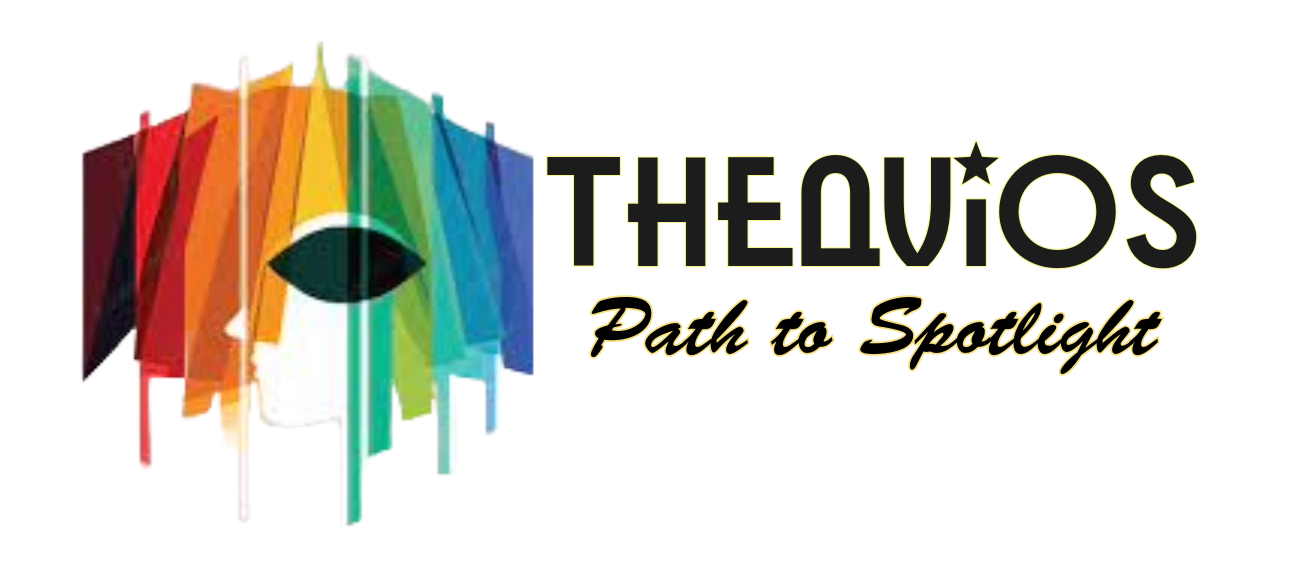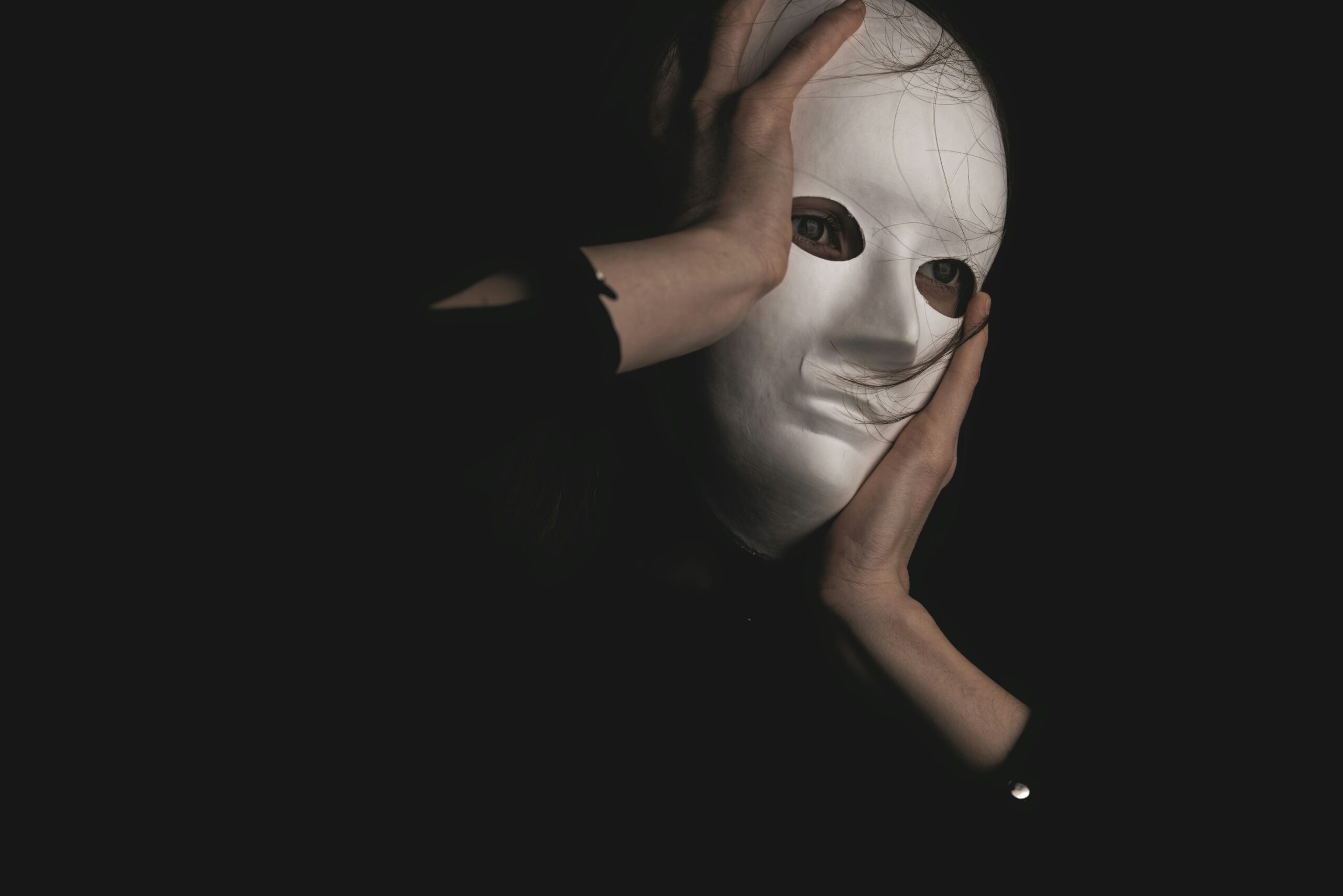


Theatre is often celebrated as a space for imagination — a world where we can become anyone, anywhere, at any time. And yet, when it comes to blind and visually impaired professionals, the industry’s imagination seems to fall short.
From casting calls that assume a narrow definition of ability, to production processes that overlook accessibility, ableism in theatre is real — and it’s deeply ingrained. TheaVios is working to challenge these norms and offer a bold new vision of what theatre can be.
What Does Ableism in Theatre Look Like?
Ableism isn’t always loud or intentional. Often, it’s subtle, systemic, and invisible to those who benefit from it. In the world of theatre, it shows up in many ways:
Casting Biases
Roles are overwhelmingly written for non-disabled characters. When disabled characters do appear, they’re often portrayed as stereotypes — tragic, inspirational, or comic relief. Meanwhile, disabled actors are rarely considered for roles that aren’t explicitly about disability.
“Authenticity” Assumptions
Producers may avoid casting blind or low-vision performers, claiming it would “limit” the production. Directors may doubt whether they can take direction. Yet, these assumptions stem from inexperience, not reality — and they rob the industry of rich, authentic talent.
Exclusion by Design
Rehearsal spaces, props, and technical setups often aren’t designed to be accessible. Production timelines rarely account for adaptive approaches or inclusive communication styles. In many cases, visually impaired professionals are expected to adapt to a system that was never built for them.
Educational Gatekeeping
Even before they reach the professional stage, visually impaired students face structural disadvantages — from lack of accessible scripts and materials, to educators unfamiliar with adaptive methodologies.
These barriers are not about capability — they are about access, visibility, and value.
How TheaVios Challenges the Norm
TheaVios confronts ableism not just through advocacy, but through practical change:
Inclusive Training for theatre professionals to confront bias, adapt their practices, and develop accessible productions.
Empowerment of Visually Impaired Artists to take on roles not only on stage, but also as directors, designers, and technicians.
Adaptive Tools & Techniques that shift the focus from visual dependency to multisensory creativity.
Collaborative Co-Creation Models that treat inclusion as a shared responsibility, not a “favor” to a marginalized group.
By embedding inclusion into every step — from casting to curtain call — TheaVios creates productions that are both artistically powerful and radically inclusive.
A Stage for All Stories
When we talk about “representation” in theatre, it must include disability — not as a niche, but as part of the main narrative. That means creating roles where visually impaired performers are leads, not side characters. That means building productions where blindness isn’t a barrier — but a perspective.
TheaVios is helping to make this possible. But lasting change requires the broader industry to examine its own practices and rewrite its own assumptions.
Are you a director, casting agent, writer, or theatre educator? Take the first step:
📬 Partner with us: info@theavios.eu
📲 Join the conversation and share your voice:
#TheaViosProject #EndAbleism #AccessibleTheatre #InclusiveCasting #DisabilityRepresentation #BlindArtists #TheatreEquity #CulturalInclusion